My year so far in Denmark
Hi all,
I put together a little report covering my year so far at home for another website http://www.fieldherpforum.com/forum/viewtopic.php?f=2&t=7057.
It's written for a mainly non European target audience who can not be expected to have the same level of knowledge of our species as you guys so I won't repeat the full post here. I also just can not be bothered to rewrite the whole thing so instead I'll just show a few of the pics (sorrry about the crappy quality). If you want the full version with more pictures & lots of words I'm afraid you'll have to follow the link
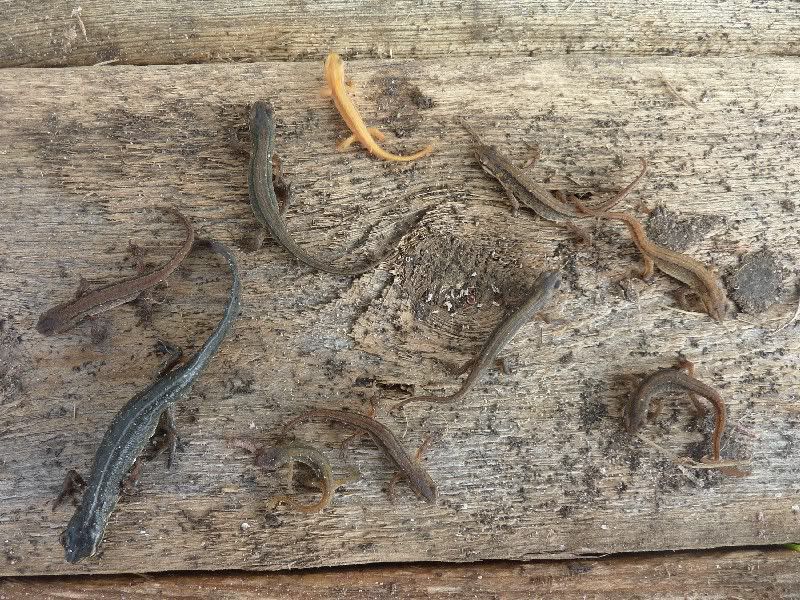
Lissotriton vulgaris

Triturus cristatus

Bombina bombina
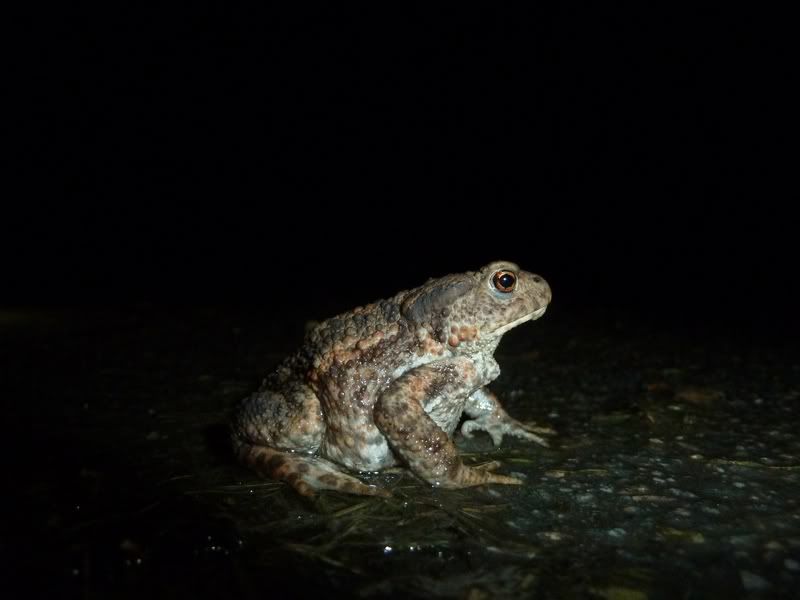
Bufo bufo

Bufo calamita
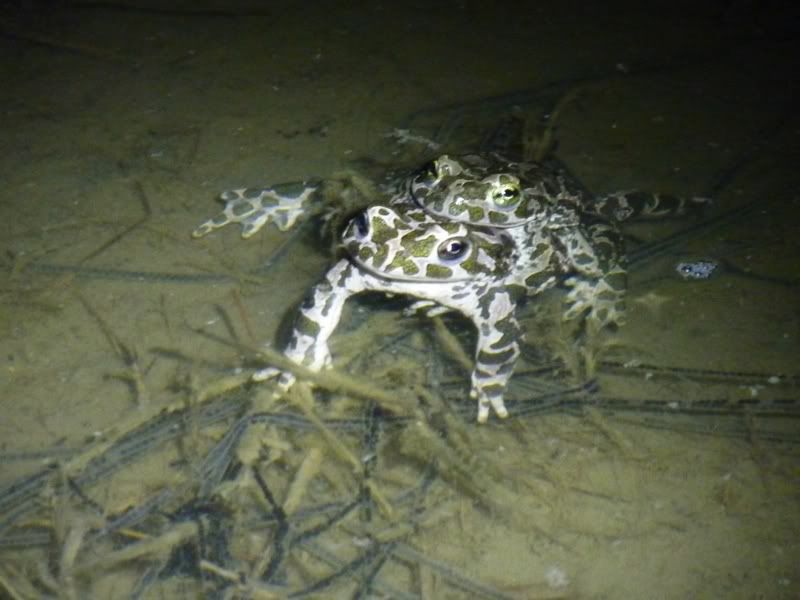
Bufo variabilis - or whatever you want to call them
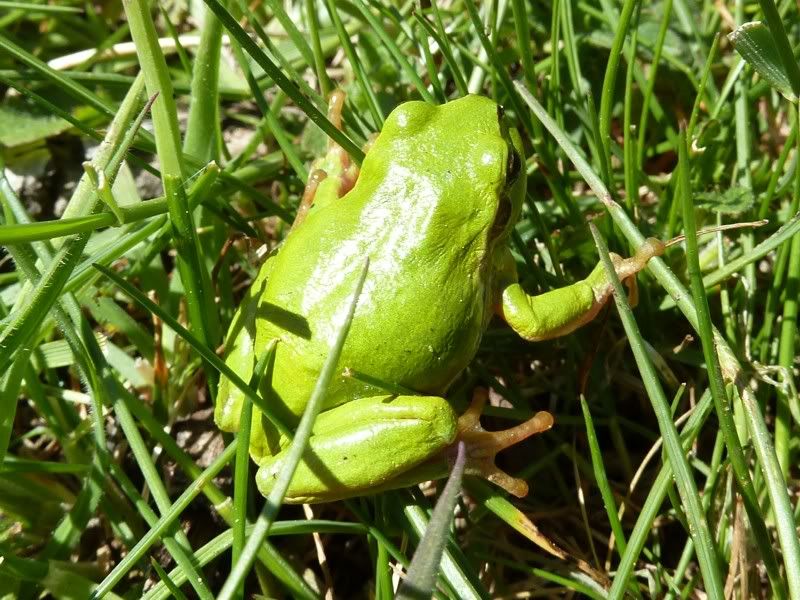
Hyla arborea
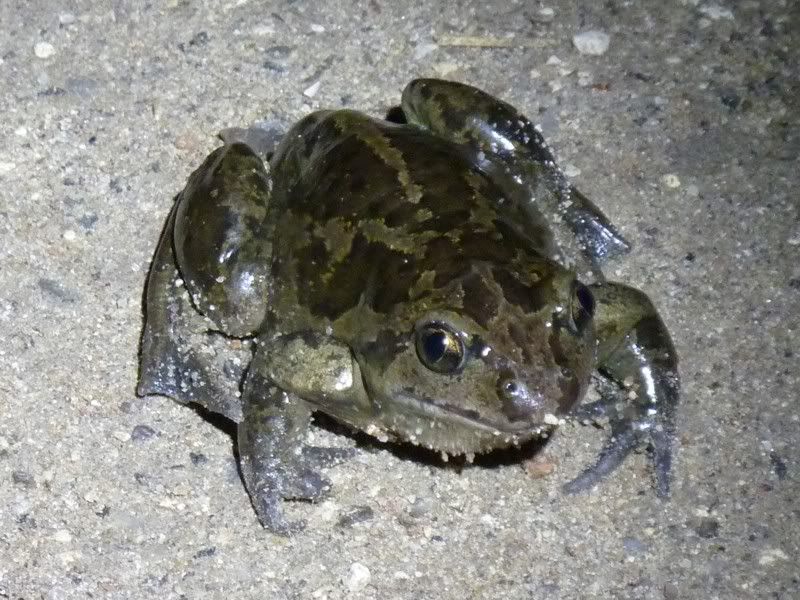
Pelobates fuscus
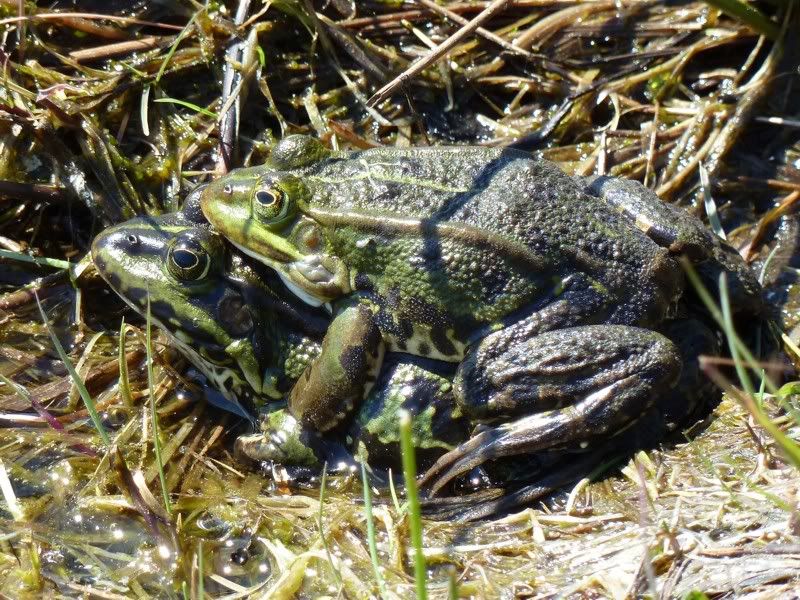
Pelophylax kl. esculentus
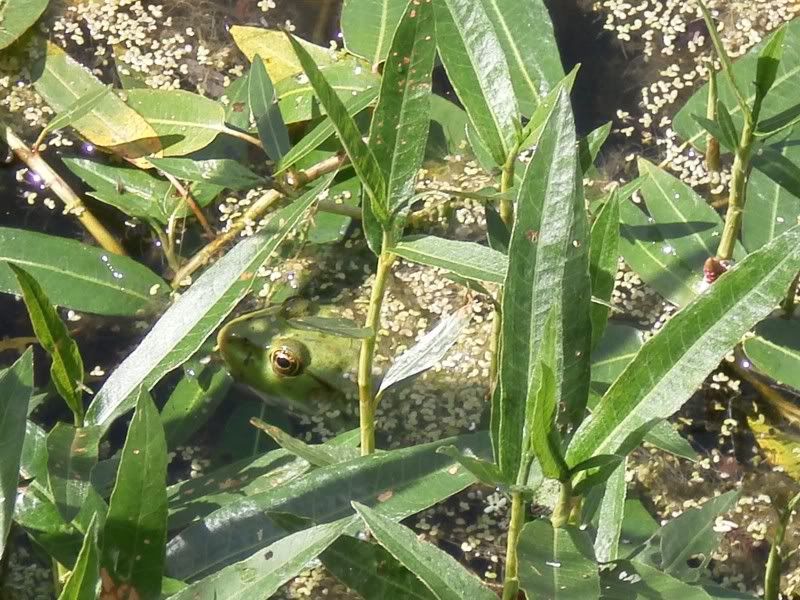
Pelophylax kurtmuelleri - or whatever... (introduced)
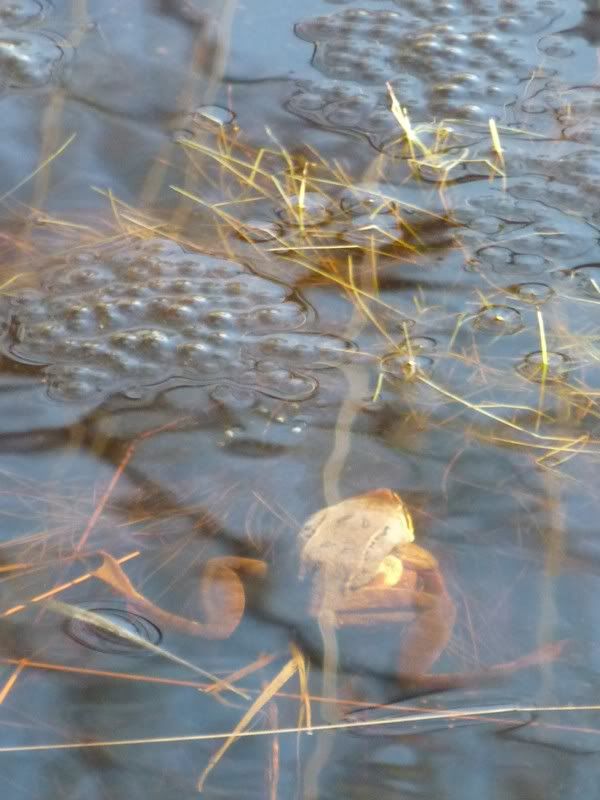
Rana arvalis

Rana dalmatina
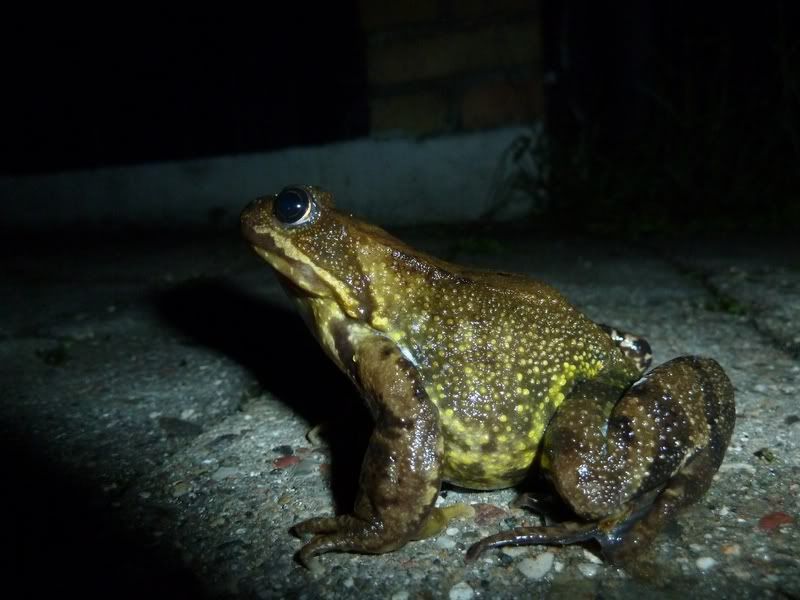
Rana temporaria
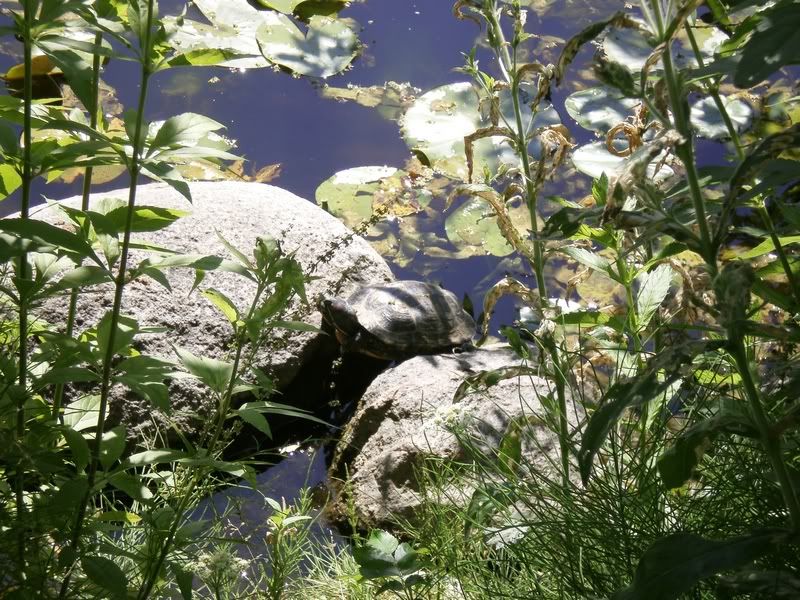
Trachemys scripta (introduced)
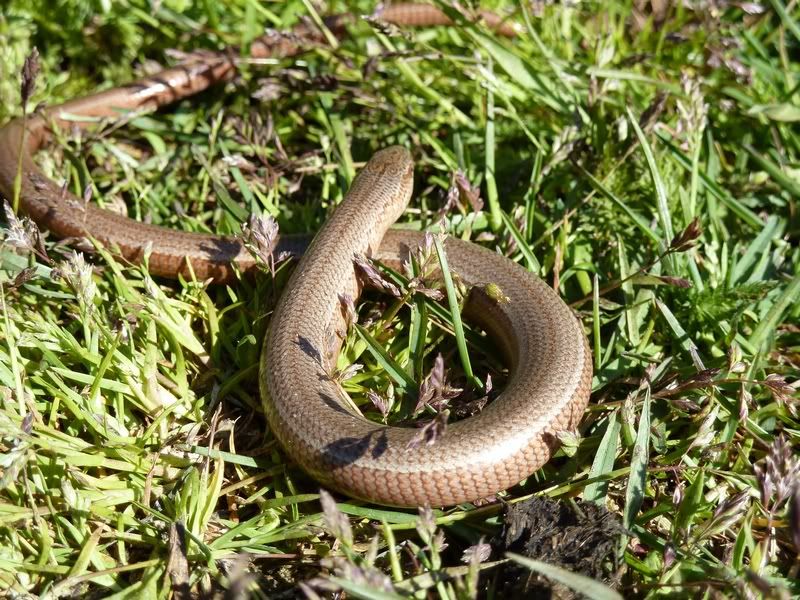
Anguis fragilis
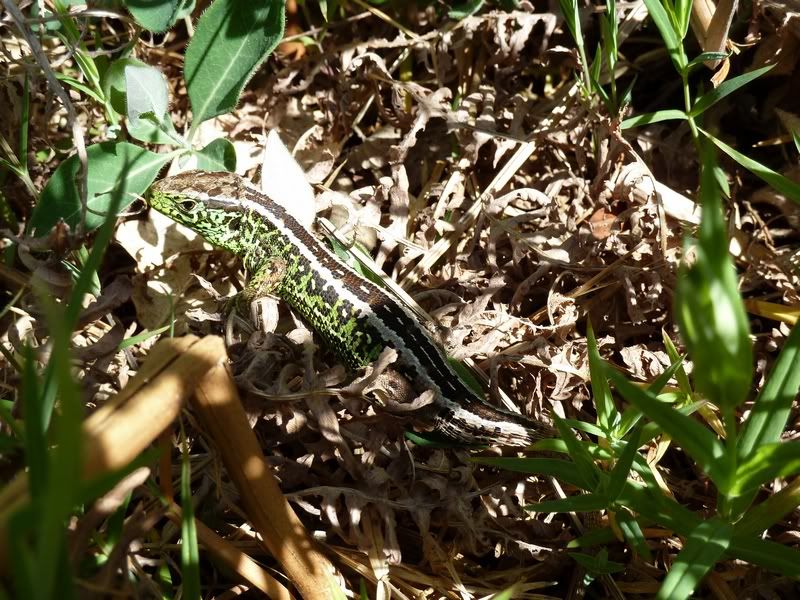
Lacerta agilis
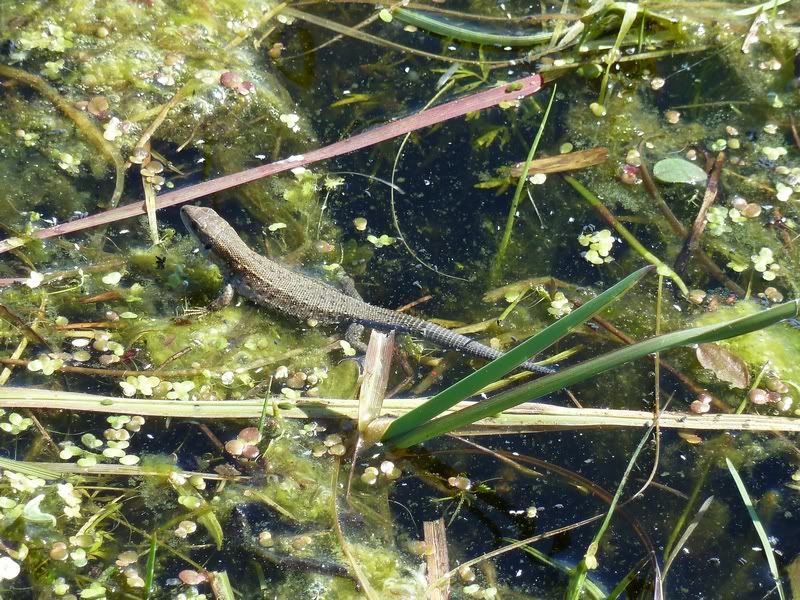
Zootoca vivipara
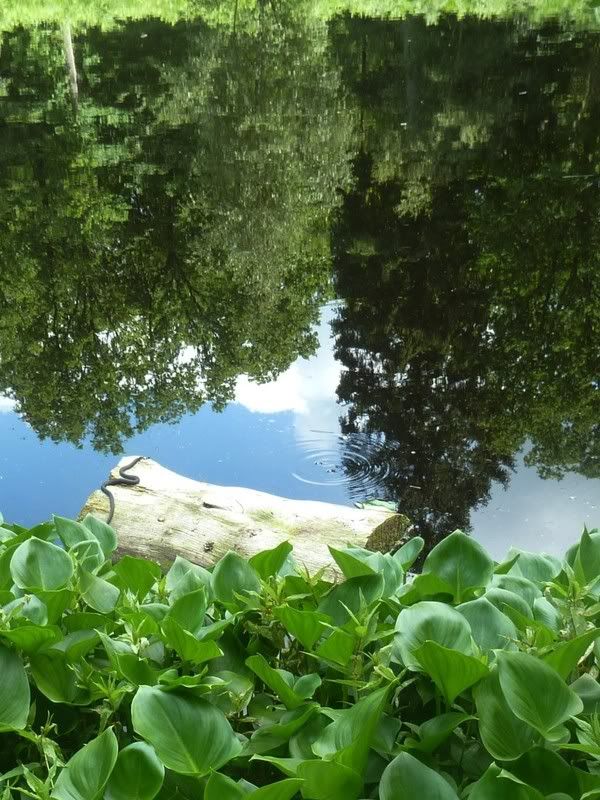
Natrix natrix
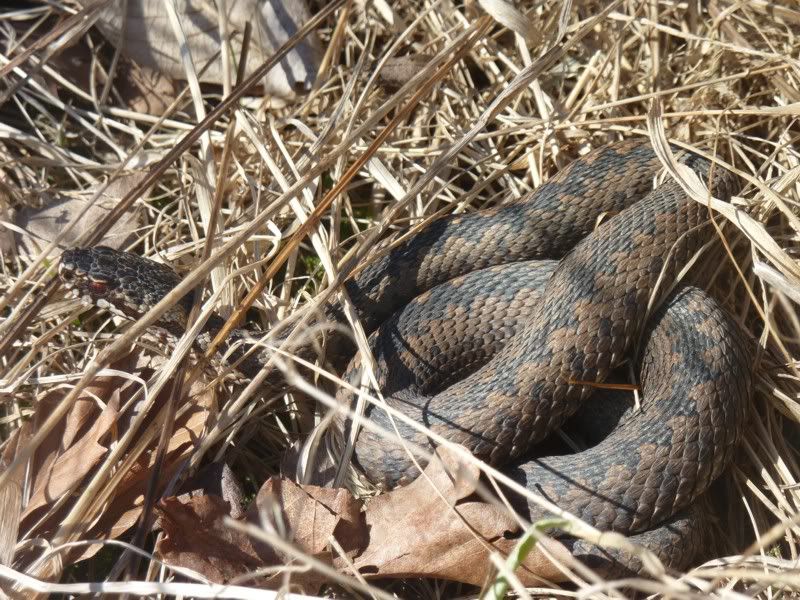
Vipera berus
Missed species:
The alpine newt, Ichthyosaura alpestris, and marsh frog, Pelophylax ridibundus, both have very small and – by Danish standards – remote ranges, neither of which I've visited this year
I put together a little report covering my year so far at home for another website http://www.fieldherpforum.com/forum/viewtopic.php?f=2&t=7057.
It's written for a mainly non European target audience who can not be expected to have the same level of knowledge of our species as you guys so I won't repeat the full post here. I also just can not be bothered to rewrite the whole thing so instead I'll just show a few of the pics (sorrry about the crappy quality). If you want the full version with more pictures & lots of words I'm afraid you'll have to follow the link

Lissotriton vulgaris

Triturus cristatus

Bombina bombina

Bufo bufo

Bufo calamita

Bufo variabilis - or whatever you want to call them

Hyla arborea

Pelobates fuscus

Pelophylax kl. esculentus

Pelophylax kurtmuelleri - or whatever... (introduced)

Rana arvalis

Rana dalmatina

Rana temporaria

Trachemys scripta (introduced)

Anguis fragilis

Lacerta agilis

Zootoca vivipara

Natrix natrix

Vipera berus
Missed species:
The alpine newt, Ichthyosaura alpestris, and marsh frog, Pelophylax ridibundus, both have very small and – by Danish standards – remote ranges, neither of which I've visited this year